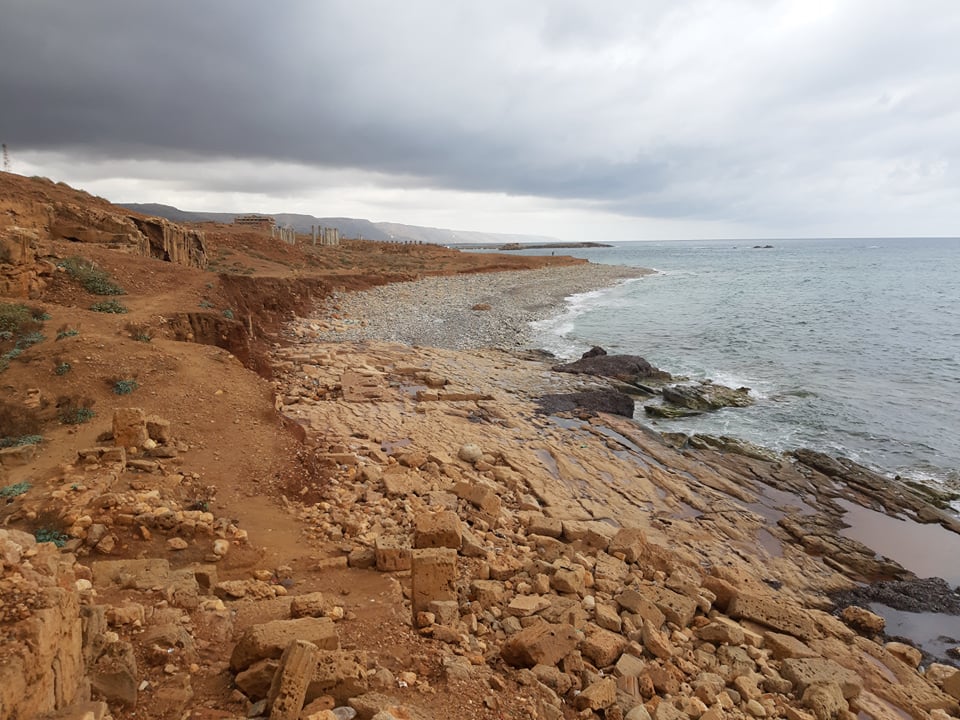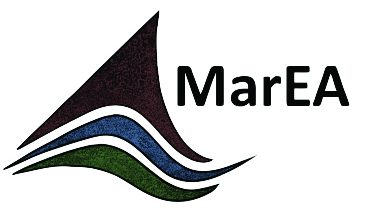(ASOR 2020 Workshop)
by Georgia Andreou
MarEA has recently presented two papers at the Annual Meeting of the American Society of Overseas Research. A paper was delivered in Cultural Heritage: Preservation, Presentation and Management session, examining capacity building in maritime archaeology in the Near East. A second paper was part of a workshop organised by Ömür Harmanşah on Archaeology and Climate Change: New Challenges to Fieldwork in the Middle East. One of the key questions of this workshop was how archaeologists should be conducting field projects while taking into consideration both increasing research on climate change and our responsibility to communities local to areas of our scholarly interest. What methodological and political challenges are going to shape the future of archaeological fieldwork in the region?
This blog summarises some of the points discussed in this workshop, concluding with a short discussion on why maritime cultural heritage is crucial in discussions surrounding the impact of climate change on cultural heritage.
The workshop involved scholars from different backgrounds (anthropology, classics, art history, geography, near eastern studies), something reflected on the wealth of theoretical and methodological approaches to the topic of discussion. Several common themes occurred, most notably the importance of incorporating the knowledge and experience of local communities in research directions and decision making.
Harmanşah offered a detailed introduction to the workshop topic stemming from the urgency to address methodological and political challenges to the archaeology of the Middle East emerging from ongoing debates on climate change and global ecological crisis, as well as ongoing discussions by humanities’ scholars on the need to diversify, adjust, and enhance the ways historical narratives are produced.
Melissa Rosenzweig looked into social theories surrounding the concept of “Anthropocene” (for more information see papers published in the Anthropocene Review) and usefully examined studies on climate change and heritage by identifying three distinct approaches: those that focus on identifying and understanding climate change in the past, those that critique climate change in the present and those aiming to address climate change in the future. Different avenues were discussed for fieldwork in the Middle East, including a detailed reflection on their potential outcomes (see e.g. Fisher 2019).
The above-mentioned approaches are reflected on the papers delivered in the workshop. For example, Eric Cline highlighted the need for interdisciplinary discourse, using the end of the Late Bronze Age in the eastern Mediterranean as an example, particularly the “crisis years” that have attracted attention well beyond archaeological scholarship with climate change regularly invoked as one of the contributing factors to “collapse” (Cline 2014; Kaniewski et al. 2019; see also summary in Manning et al. 2020).
Katie Kearns shared Rosenzweig’s concern on usefully incorporating local knowledge in the studies of climate change on cultural heritage. Kearns discussed the role and position of archaeology in climate justice and highlighted the need to acknowledge the knowledge base and needs of communities that are experiencing or will experience, the impact of the adverse effects of climate change and yet are regularly excluded from climate discourse and coordinate action.
William Caraher and Bret Weber offered a useful paradigm in the study of the materiality of the “Anthropocene” using temporary workforce housing and the industrial landscape of North Dakota as a case study. Reflecting on a man camp studied between 2013 and 2018, Caraher and Weber explored worker communities and their material expressions as part of global capitalism to discuss what the archaeology of the “Anthropocene” will look like.
Finally, the MarEA project discussed how maritime cultural heritage is exceptionally vulnerable to the impacts of climate change, both direct (e.g. sea-level rise, extreme sea-level events, erosion and flooding) and indirect (e.g. hard infrastructure protecting the coastline but potentially diverting problems such as erosion to nearby locales, potentially encompassing cultural heritage).
The project has long identified the need for a rapid collection of baseline data both on cultural heritage, as well as the disturbances and threats. This was exemplified in the talk with case studies from the MENA region such as ongoing research on coastal erosion in Libya and the impact of tropical cyclones in southern Arabia.


The talk also highlighted examples of interdisciplinary dialogue with published research on coastal science (Vousdoukas et al. 2018), using the presently 5607 (July 2020) uploaded sites in Arches database. Rapid remote assessments have received both praise for being effective and truly interdisciplinary, but also criticism for their detached, panoptic gaze, especially in the cases when the observations are not cross-referenced with in situ visits or local spatial and archaeological knowledge.
What distinguishes MarEA in this case, is the collaboration with specialists on the ground, who provide both imagery and information on some of the most vulnerable sites recorded remotely. This allows us to ground-truth our satellite-image derived observations (which has become increasingly difficult with the current state of pandemic) by combining the panoptic view offered by remote sensing with the gaze of local archaeologists and communities, and thus actively incorporating them in the production of historical narratives.
Kathleen Nicoll kindly offered a summary of the papers and ensuing discussion. The workshop was the first to be followed with a series of interdisciplinary meetings both in the USA and the UK and aims to develop into a regular event, where the discussants will analyse current themes on the position of archaeology in current climate change discourse.
MarEA is looking forward to sharing upcoming publications, based on our preliminary results between 2019 and 2020.

References
Fisher, C. (2019). Archaeology for Sustainable Agriculture. Journal of Archaeological Research 28. 10.1007/s10814-019-09138-Cline, E. H. 2014. 1177 B.C.: the year civilization collapsed. https://doi.org/10.1515/9781400874491.
Kaniewski, D., N. Marriner, J. Bretschneider, G. Jans, R. Cheddadi, T. Otto, F. Frédéric and E. Campo 2019. 300-year drought frames Late Bronze Age to Early Iron Age transition in the Near East: new palaeoecological data from Cyprus and Syria. Regional Environmental Change. 19. 10.1007/s10113-018-01460-w.
Manning, S.W., B. Lorentzen, L. Welton, S. Batiuk and T.P. Harrison 2020. Beyond megadrought and collapse in the Northern Levant: The chronology of Tell Tayinat and two historical inflection episodes, around 4.2ka BP, and following 3.2ka BP. PLoS One 15(10):E=e0240799.
Vousdoukas M.I., L. Mentaschi, E. Voukouvalas, M. Verlaan, S. Jevrejeva, L.P. Jackson, L. Feyen 2018. Global probabilistic projections of extreme sea levels show intensification of coastal flood hazard. Nature Communications Jun 18;9(1):2360. doi: 10.1038/s41467-018-04692-w. PMID: 29915265; PMCID: PMC6006144.


